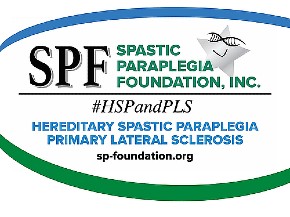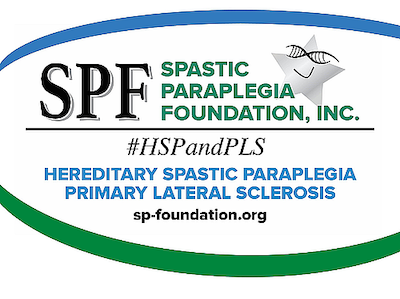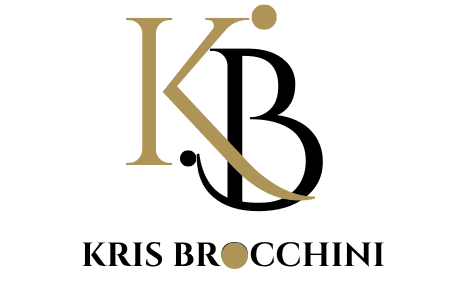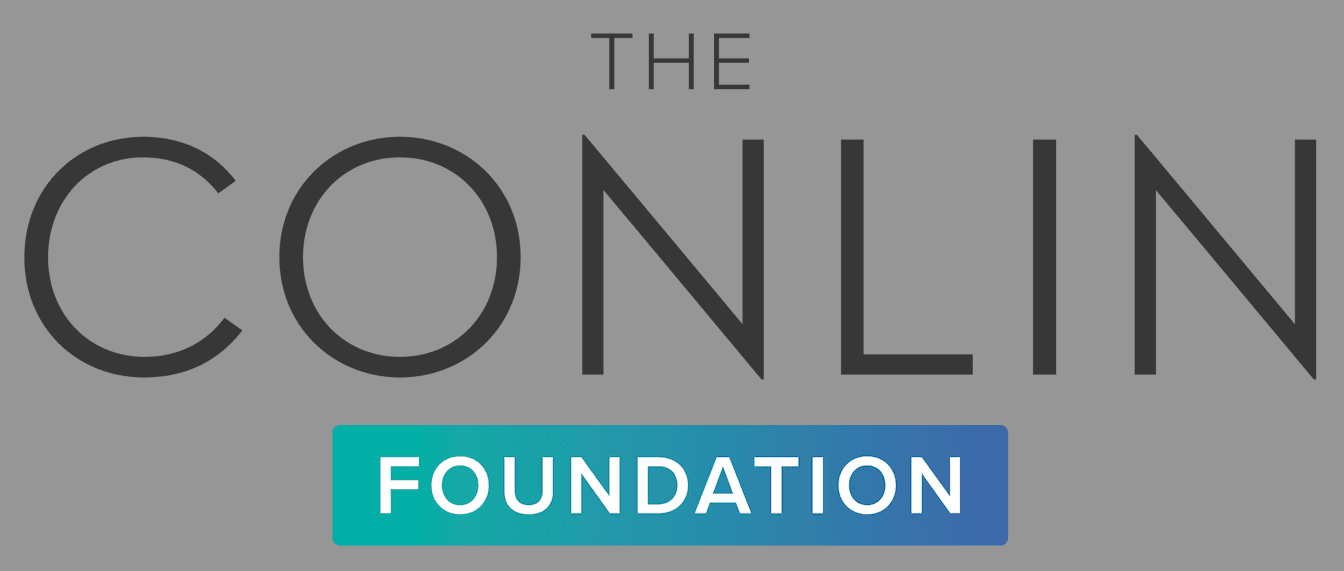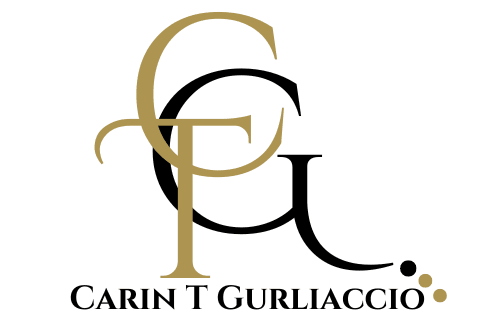It was spring, the pandemic seemed in retreat, patrons were filling Boston’s bars again and, in Cambridge, Voyager Therapeutics was in trouble.
The Third Rock-founded biotech emerged in 2014 as one of the first of the flashy new gene therapy companies, promising one-time treatments for common devastating conditions like Alzheimer’s. It was one of the first to deliver results, too: By 2017, its Parkinson’s treatment had improved motor function in 10 patients.
But by this spring, that Parkinson’s treatment was in limbo, after MRIs turned up inscrutable safety findings and a second large partner bowed out. The company’s treatment for Huntington’s had been similarly been delayed. The stock was in freefall. Once valued at over $1 billion, Voyager could be had for less than $200 million.
“We certainly evaluated all the opportunities in front of us,” said interim CEO Michael Higgins. “We knew our existing programs had some problems.”
So they decided to start over. The company’s scientists had spent four years working on new gene therapy technology and, with the latest animal results, they thought it could be the foundation of a new company, with a new business model. Out went CEO Andre Turenne and CMO Omar Khwaja. Higgins and now interim CSO Glenn Pierce, both board members, stepped in to guide the ship while the directors searched for a new captain.
And on Wednesday, the pair got the first validation for their new business model. Pfizer paid $30 million cash for the option to use two AAV vectors — delivery vehicles to get healthy genes into patients — developed by Voyager for up to two potential therapies focused in the brain or the heart. The deal comes with $600 million in milestones for Voyager, including a $20 million payment if Pfizer exercises its options.
It’s part of Voyager’s goal to rebrand itself as experts in developing new AAVs. The sub-field has ballooned in the past three years as the limits of current gene therapy technology became clear and as new discovery and engineering technologies emerged. Voyager will be competing with Dyno, Affinia and Shape —among others — who, since 2017, have raised several hundred millions of dollars from VCs and signed deals with Big Pharma potentially worth several billions of dollars.
The move also provides a glimpse into Pfizer’s gene therapy plans. The New York pharma has had a significant gene therapy division since it acquired Bamboo Therapeutics in 2016 but so far it has only put two closely-watched clinical programs forward: hemophilia and Duchenne muscular dystrophy. The new deal points to plans for heart and neurological therapies.
Like its rivals, Voyager is trying to develop vectors that are highly attuned to hit a certain cell type in the body. In addition to solving problems large pharmas are facing, the company believes it can also overcome some of the problems that plagued their own programs.
For instance, although scientists are still not sure what led to MRI abnormalities in its Parkinson’s patients — the patients had no symptoms, adding to the mystery — one possibility is the brain procedure required to deliver the original therapy to the right neurons.
“You’re dealing with an invasive surgery, a long surgery, and needing to give a higher concentration of the vector in a particular area,” said CBO Allen Nunnally.
For years, researchers have wanted a vector that could be dosed intravenously — a far safer method — and travel almost directly across the blood-brain barrier and into the brain. Prior to deciding to pivot the company, executives got data showing they could engineer a vector that was 1,000 times better at transducing neurons in monkeys than AAV9, the current standard-bearer. They decided it would be a better approach for Huntington’s, too, and shelved plans to launch a clinical trial that would have required brain surgery.
Higgins declined to offer a timeline for getting the new programs back into the clinic but said the company should have a better idea next year.
At the same time, the company is developing a broader suite of new vectors to use or license out. They do so with acute knowledge of how the field has failed in the past. Five years ago, the field erupted with excitement over a new vector that appeared 40 times better at transducing neurons than AAV9.
Voyager licensed the vector, only to quickly realize that the new vector was only effective on mouse brains. That’s when they started building a platform that includes monkeys, the one they now hope can save the company.
Voyager was “fortunate,” Higgins explained.
“Oftentimes, when you get into challenges with clinical studies, you’re at the 11th hour from a money perspective,” he said. “So we had both the assets, we have the money, which translates into the time to make the change.”
